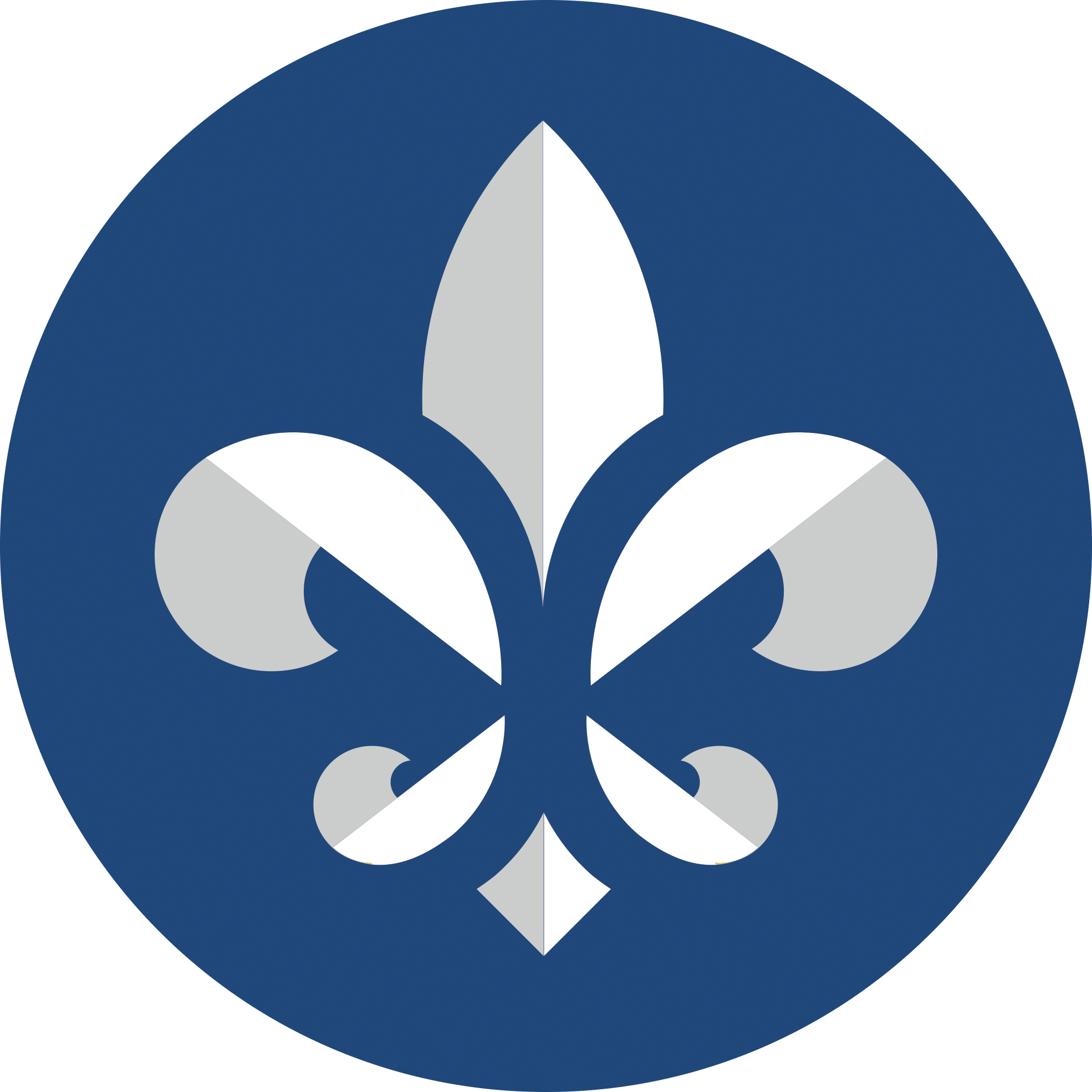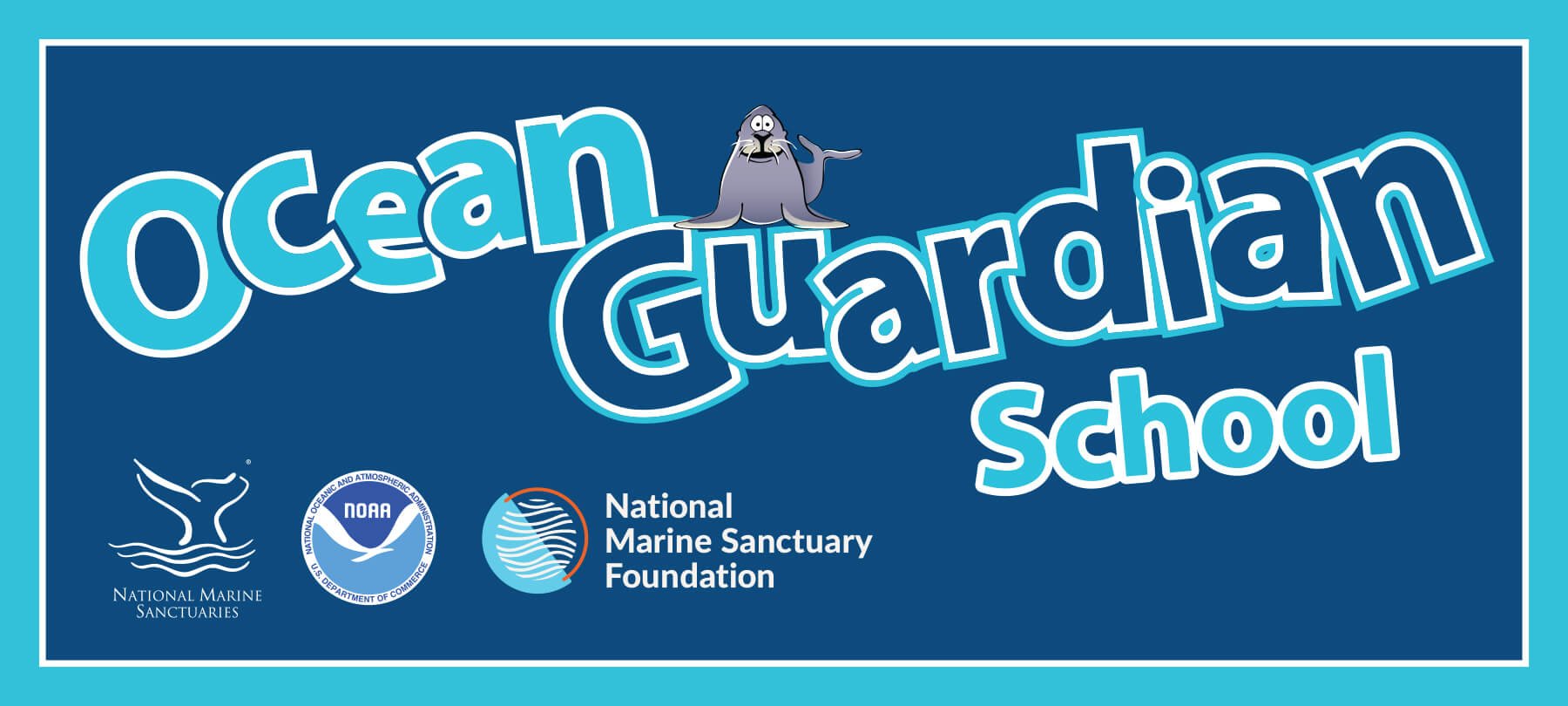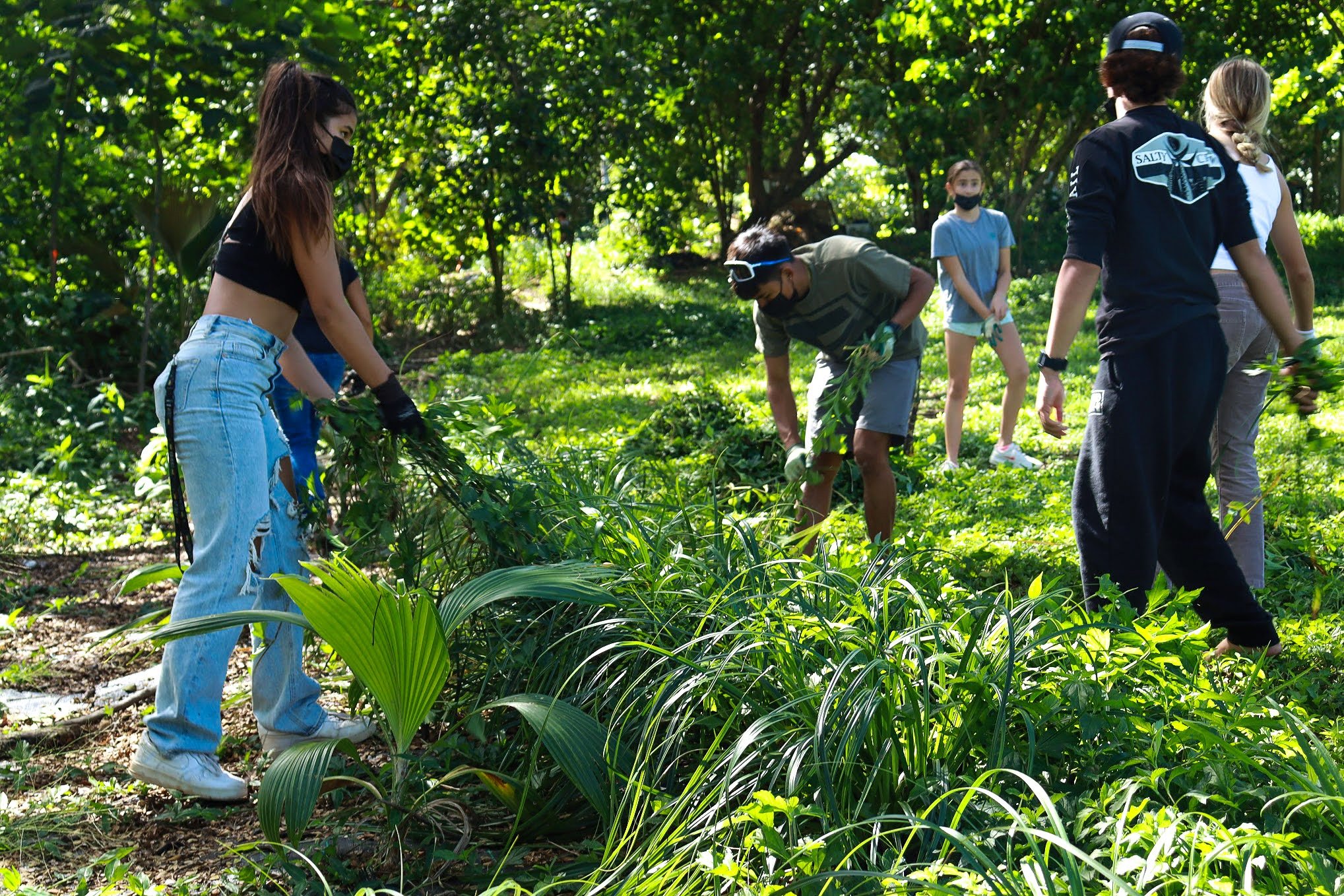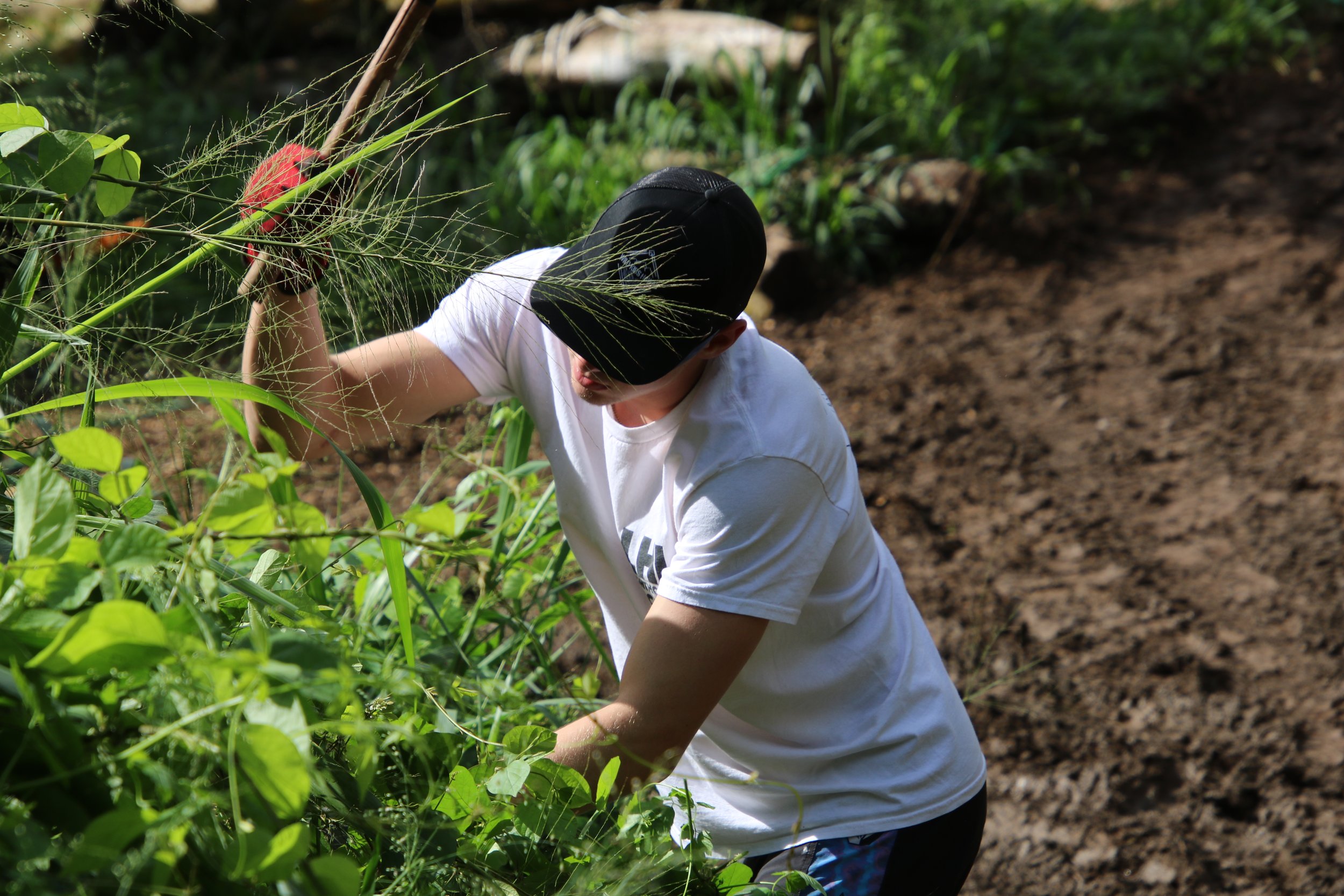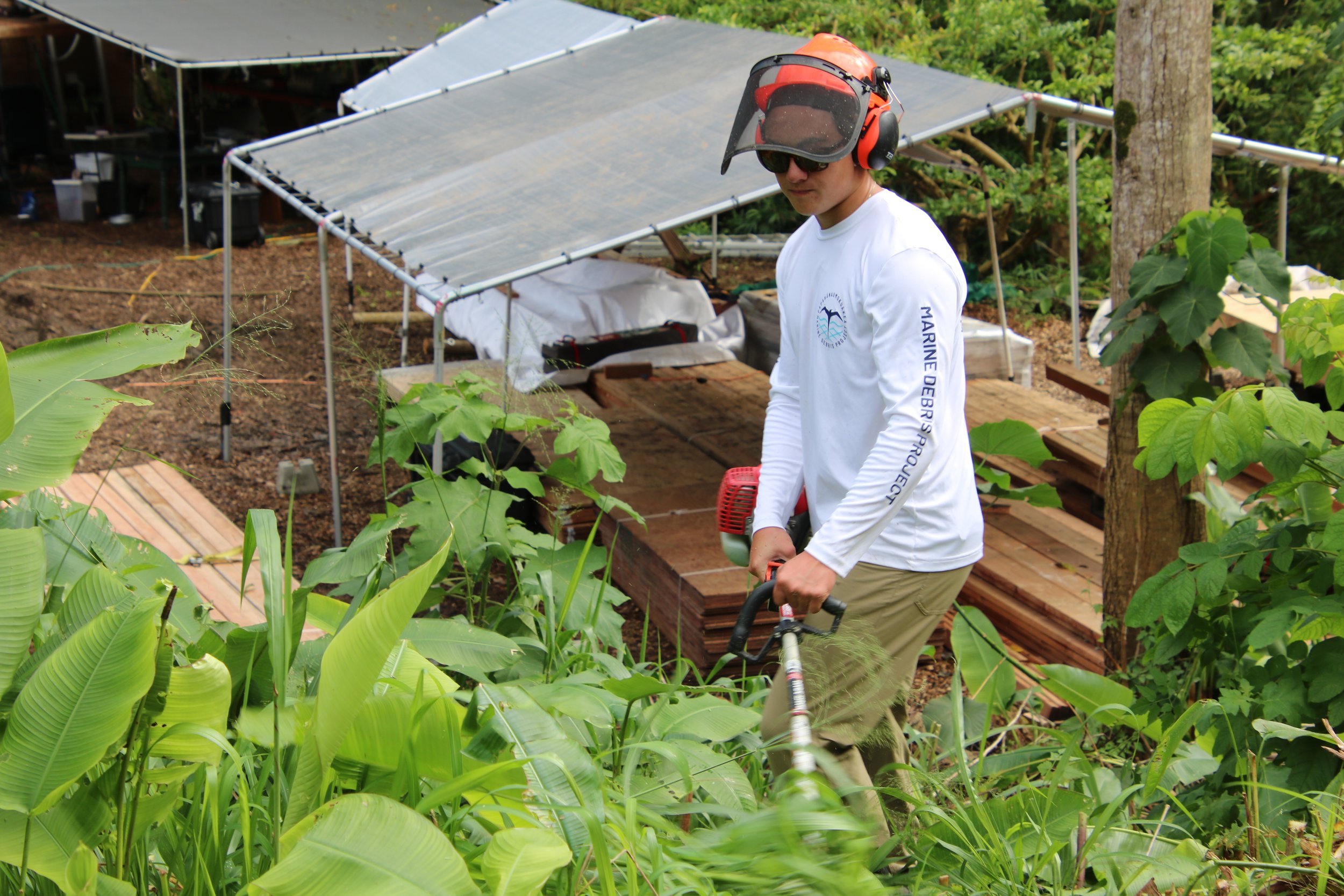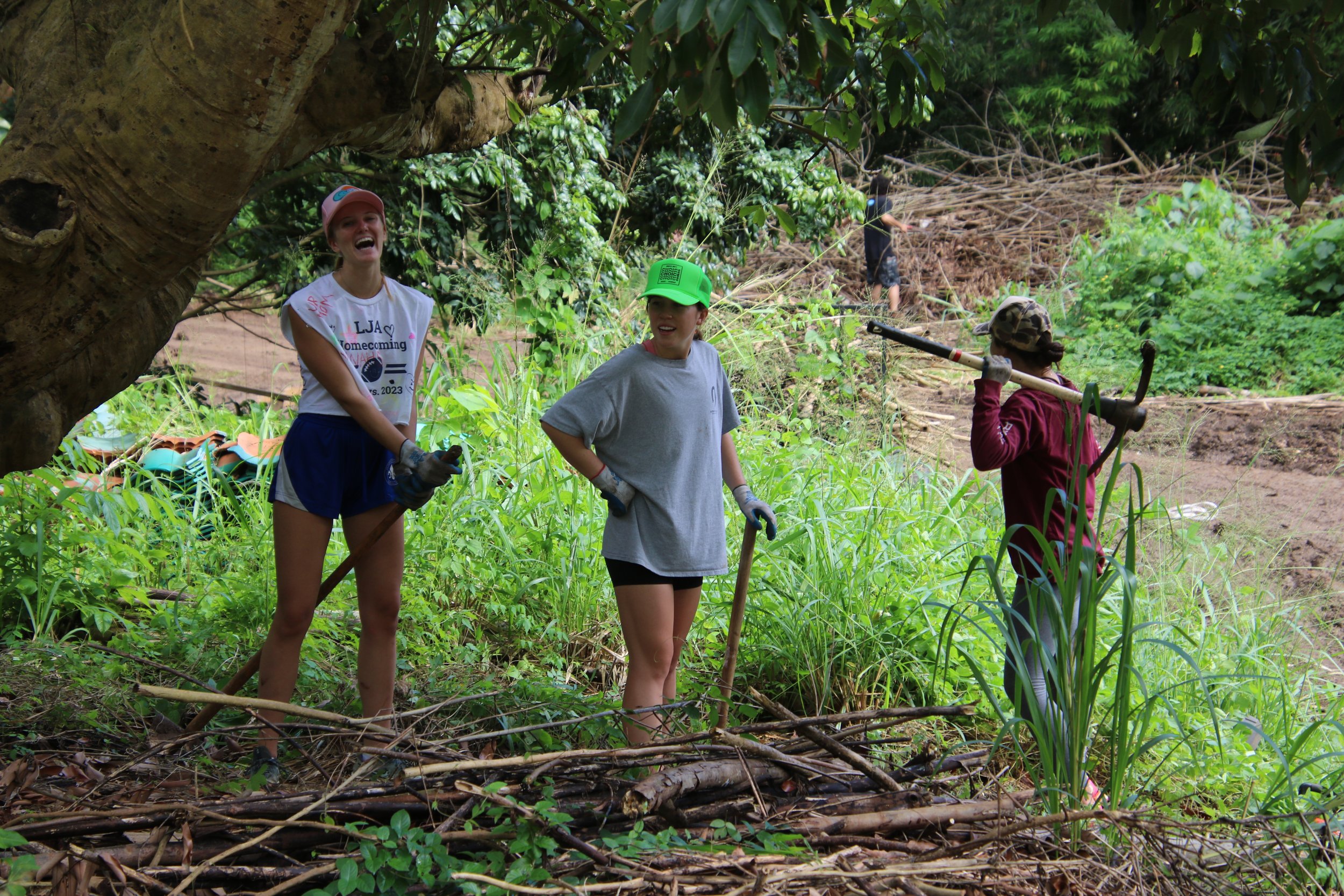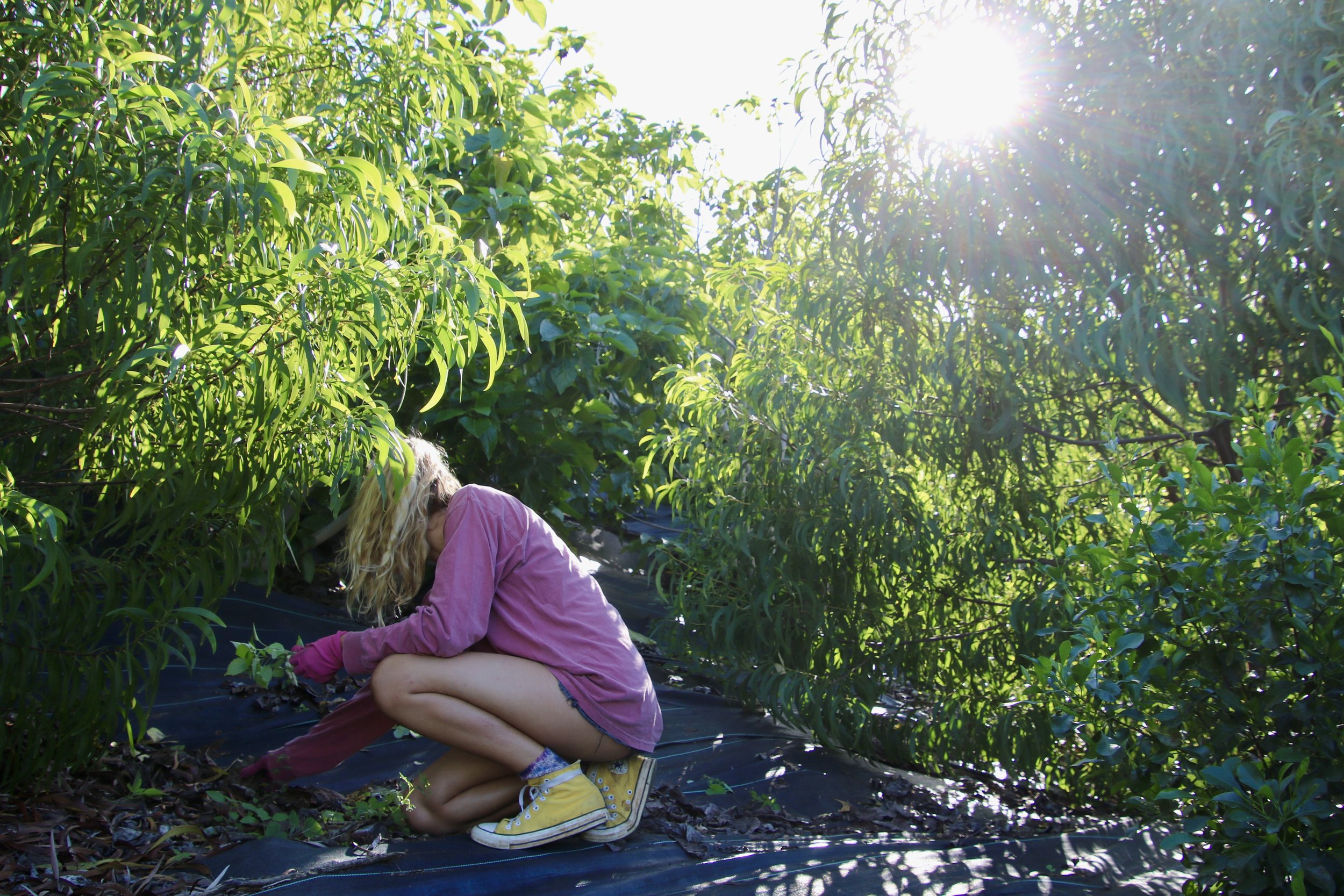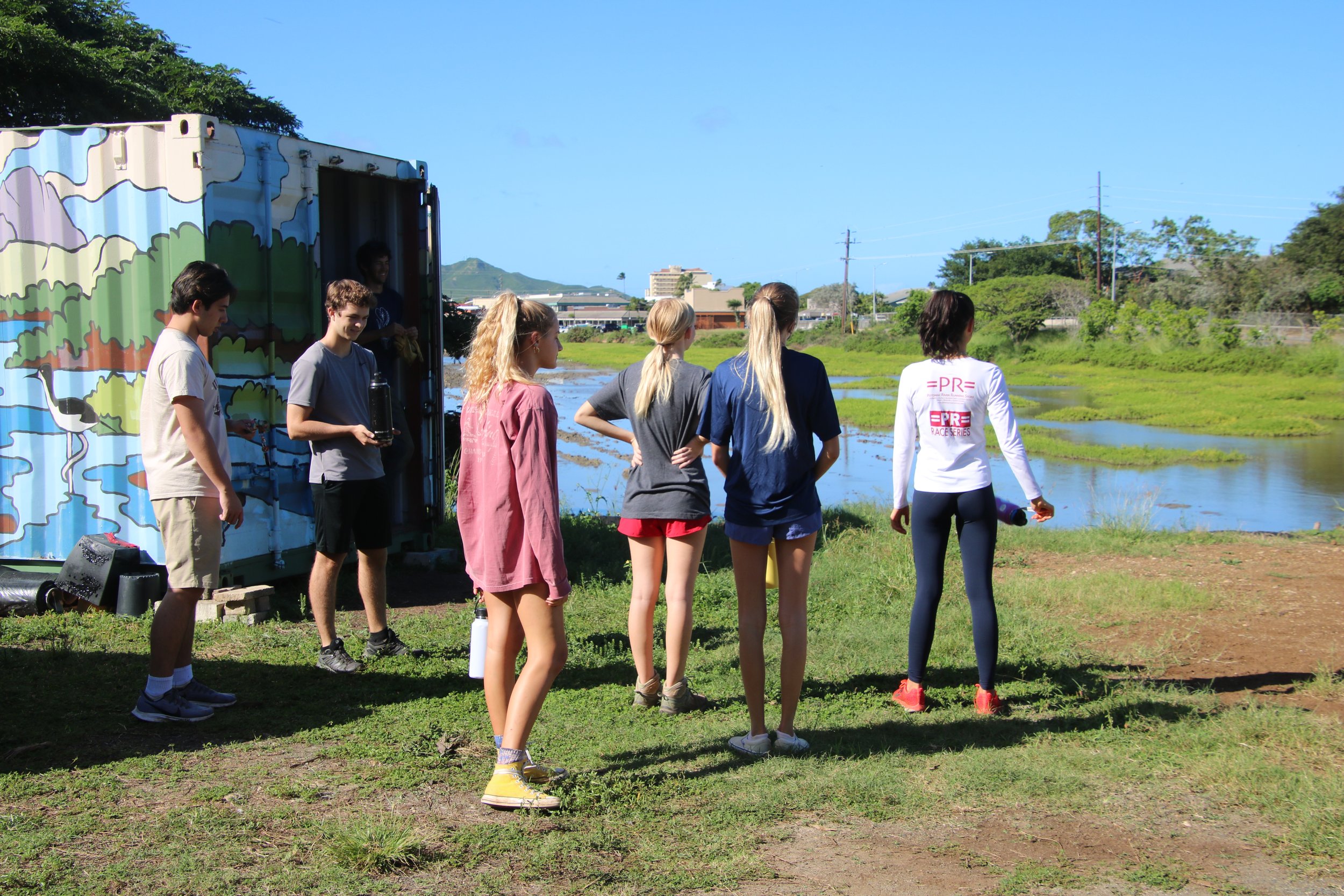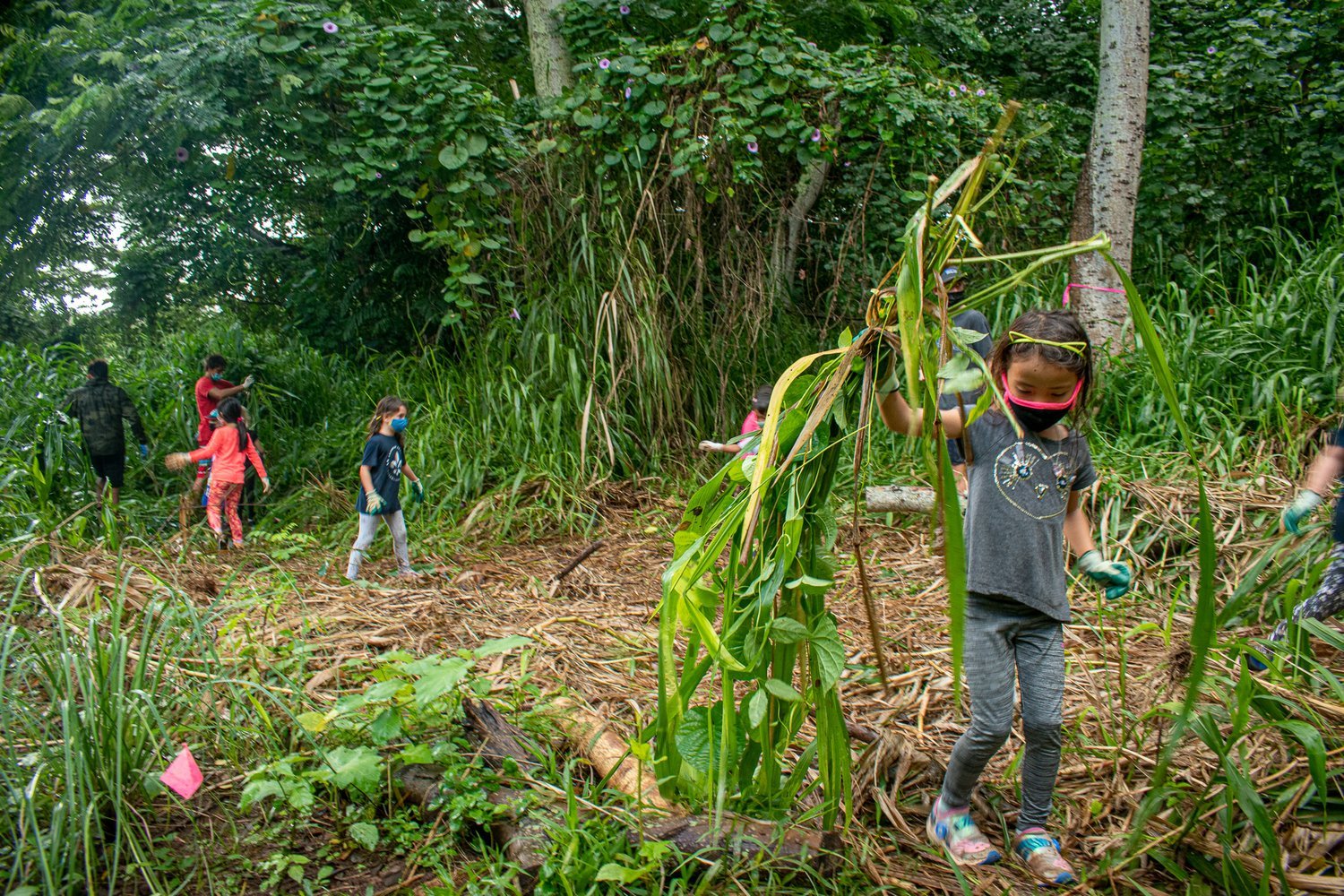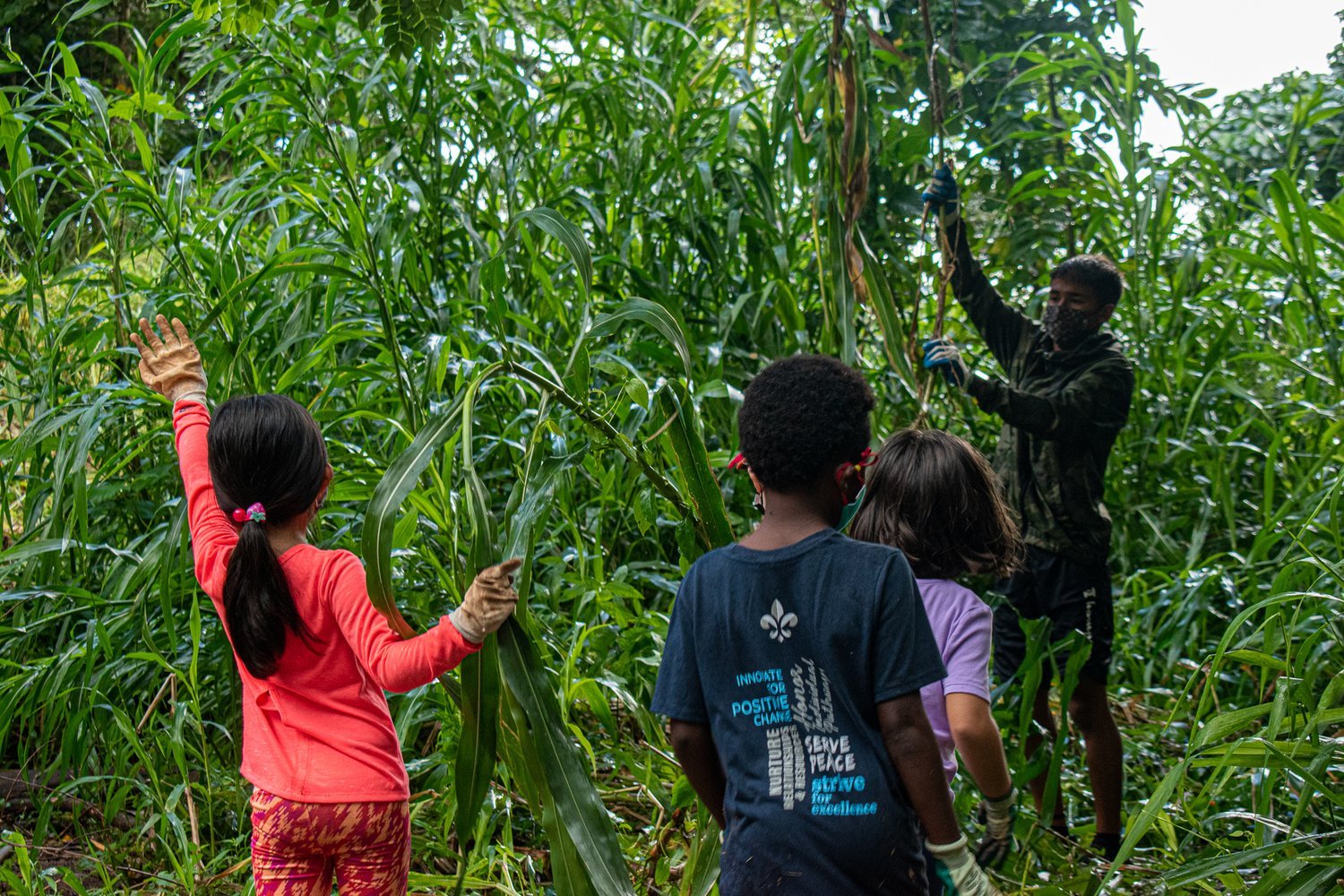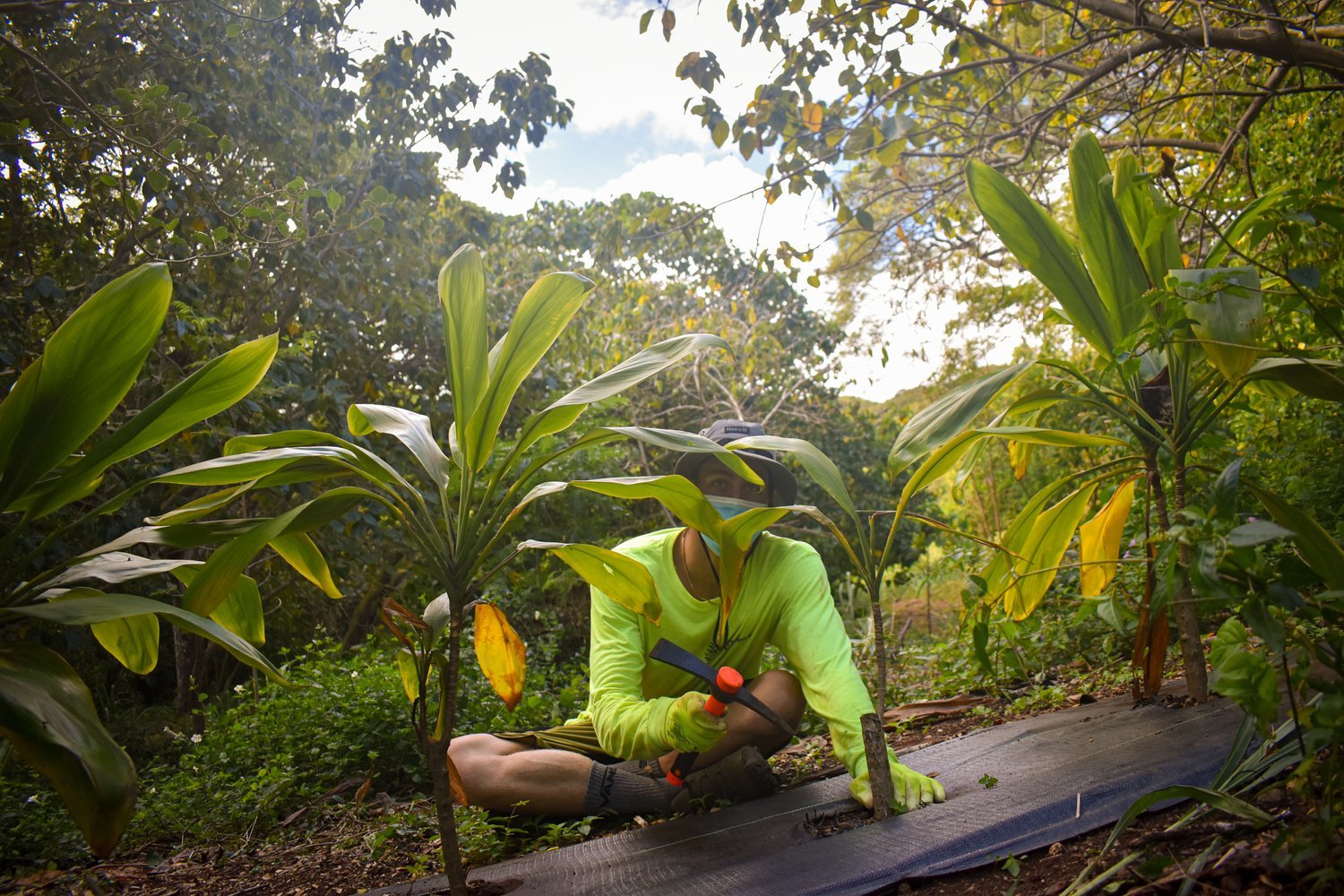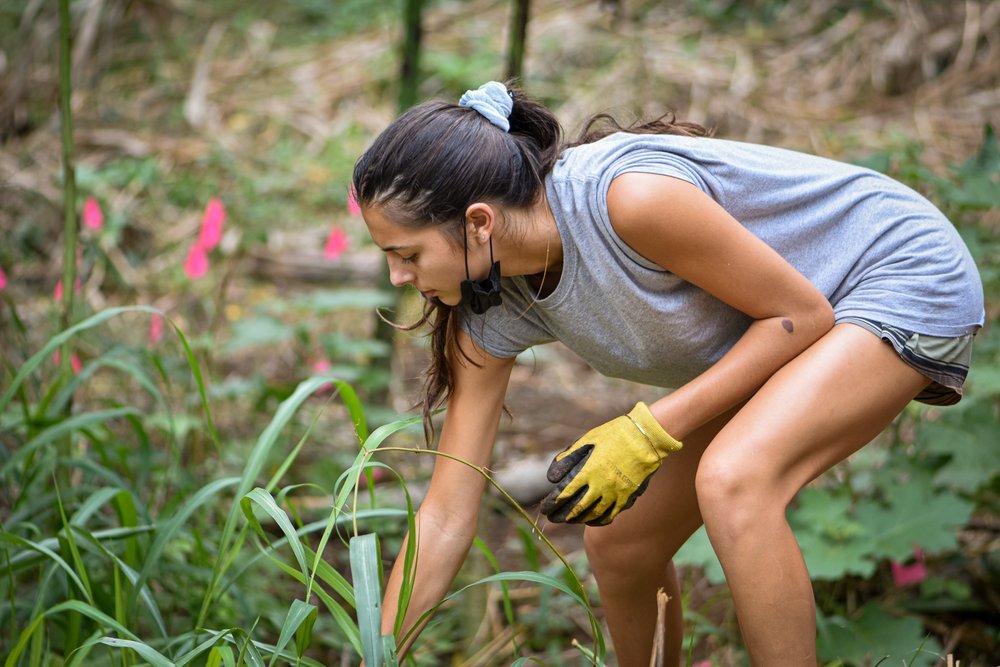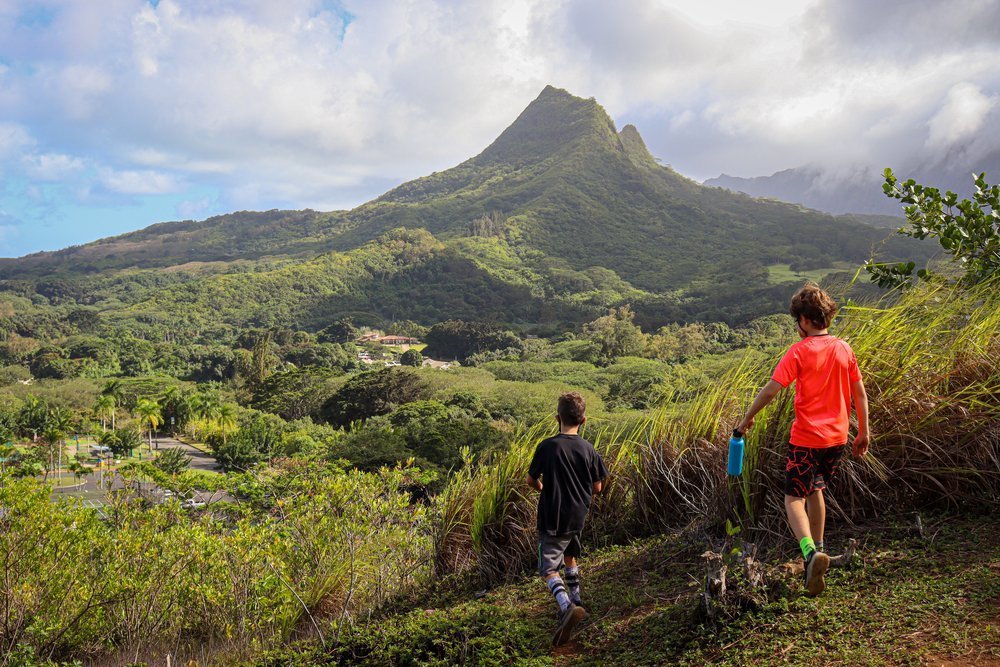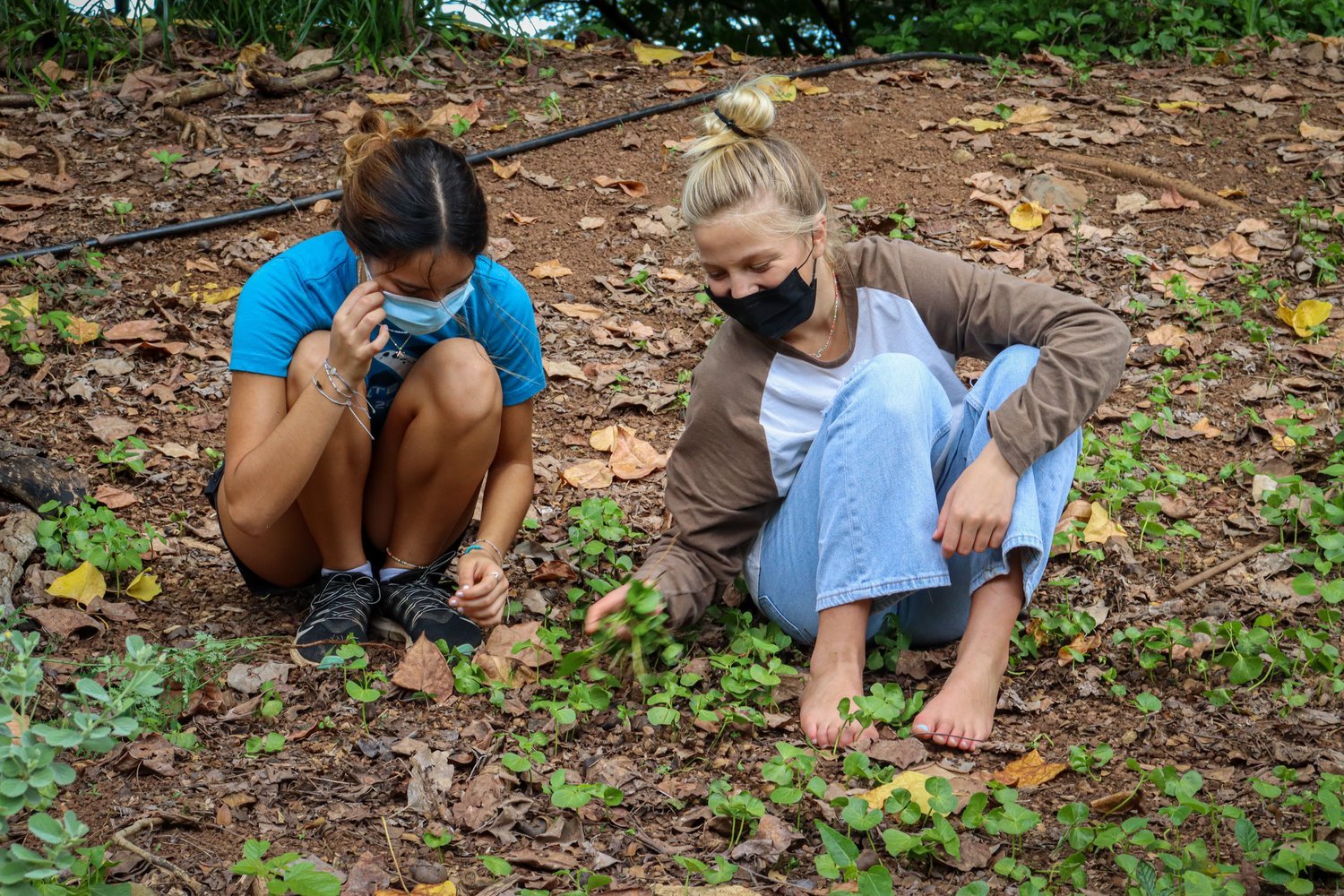MARCH 4th, 2022
CELEBRATING OUR OCEAN GUARDIANSHIP
Aloha,
As our students, faculty, and community partners prepare for rapidly approaching I-Term, we take a moment this week to celebrate the work LJA has completed as an Ocean Guardian School. The Ocean Guardian School Program is an initiative managed by NOAA’s Office of National Marine Sanctuaries, with funding coordinated by the National Marine Sanctuary Foundation; participating schools “make a commitment to the protection and conservation of local watersheds, the world’s ocean, and special ocean areas.” This week’s newsletter highlights the numerous projects, activities, programs, and practices through which LJA fulfills its commitment to ocean guardianship. We hope you enjoy.
Please contact our Dean of Experiential Education and Community Partnerships, Christina Hoe (and copy Community Impact Coordinator Avery Filer) for any inquiries about our Impact programs, including I-Term and our efforts as an Ocean Guardian School. Thank you for your patience during this busy time; they will endeavor to answer your message as soon as possible.
Mahalo for your support!
David Hays, Experiential Education Intern, Class of 2022
GUARDIANSHIP IN ACTION: PROJECT HIGHLIGHt
OCEAN GUARDIAN SCHOOLS “provide projects for students related to the conservation of local watersheds, the world’s ocean, and/or special ocean areas, like national marine sanctuaries.”
LJA’s location in the lush Ko'olaupoko ahupua’a (historic native land division) makes it the prime candidate for hosting environmental stewardships projects for the Ocean Guardian program. Surrounded by Kawainui Marsh, a Ramsar Wetland of International Importance, and just miles from the ocean, LJA proudly dedicates many resources to preserving the island it calls home. The wetlands around LJA are particularly critical for overall ocean health because they collect and drain stormwater runoff from Windward O’ahu mountains. As such, the school has worked hard to build a team of wetland stewards which connects indigenous, local, and scientific knowledge to preserve Kawainui and other threatened natural spaces across Ko’olaupoko. This work supplements existing environmental programs at LJA which focus on cultivating relationships with nature and promoting community education on sustainability through art.
Our newly formed team of wetland stewards has given rise to prolonged, meaningful engagement at various work sites in Kawainui around LJA. Teams of lower, middle, and high school students visit three sites particularly — Kahanaiki, Nā Pōhaku o Hauwahine, and Hāmākua Marsh — for weekly restoration efforts run by students and their faculty mentors. All three of these sites are habitats for critically endangered native species, rich with natural and cultural significance. Already our Kawainui project has enabled students to gain experience in the removal of invasive flora and restoration of native ecosystems, participate in the restoration of a historic loko i'a, develop and enact plans for agroforestry and agricultural projects, and cultivate personal connections to Hawaiian cultural practices and knowledge.
LJA’s vision of collaborative youth-led stewardship for our island’s sensitive and unique ecosystems does not stop at Kawainui. With funding assistance from NOAA, the school is currently working on establishing the Ko'olaupoko Youth Stewardship Certification program, which would recognize and support students who consistently devote significant time and energy into guardianship of our local ecosystems. Certification would empower them to act as leaders, educators, and representatives of our projects amongst their peers and the larger O'ahu community.
OCEAN GUARDIAN TESTIMONY
OCEAN GUARDIAN SCHOOLS “PROVIDE OPPORTUNITIES FOR STUDENTS, TEACHERS, PARENTS AND FRIENDS TO PARTICIPATE IN A RANGE OF ENVIRONMENTAL AND SUSTAINABLE ACTIVITIES.”
LJA student leader Maile Goldcamp removes invasive plants from Kahanaiki during the most recent work day. (Photo credit: Avery Filer)
MAILE GOLDCAMP, STUDENT LEADER (c/o 2022) – KAHANAIKI SITE
“I serve as the student leader at Kahanaiki, and for the past couple of years I have helped establish the work site as a staple of the LJA experience. We designed Kahanaiki and incorporated it into our student Impact programs to help all students learn about native, sustainable ecosystems and provide opportunities to restore them. Our lower school students at LJA consistently visit Kahanaiki during the school day as part of their environmental sciences curriculum, and they also perform valuable sustainability work to help preserve the wetland for years to come. We have now restored Kahanaiki to a state where we can host environmental games and activities for the kids there, as well.
As of last year, a large section of Kahanaiki is now designated for maintenance by the Food Dudes, a multi-age coalition of students I founded last year to address the large food insecurity problem on our island. Employing native farming techniques and simultaneously preserving the local watersheds within Kahanaiki, we are proud to have already been able to cultivate a large selection of crops for our community. The space is also a great way to get students into nature and off their screens, both during and after school. I guide middle and high school students at Kahanaiki every Tuesday and Thursday, and we also have regular community work days at the site to promote the involvement of LJA parents, friends, and partners. For a work day just earlier this week, we had multiple groups of students, teachers, and other community members from a partner high school come to assist our ecological conservation efforts. These work days allow us to impact our community as part of a greater collective unit, fostering collaboration, promoting new relationships, and galvanizing existing ones.”
DIANA KING, FACULTY ADVISOR – FOREST RESTORATION TEAM
“Having spent a great deal of time in healthy native Hawaiian forests, I was discouraged and saddened by the poor substitute of the disturbed areas around our campus, which are mostly a collection of aggressive invasive species. The problem seemed too large to handle, and for many years, I ignored it and avoided entering the forest. But when an incipient invasive species, albizia, began to appear, it seemed it might be time to act. At first it was just me and my saw, ringing the trees to stop their growth. But the opportunity to start a club for albizia removal, and the surprising interest of a small group of students, changed the trajectory of the project. We were so successful last year that this year, we decided not only to continue to keep the albizia in check, but also to start restoring native species in a small pocket of the forest. Again, a handful of students adopted this project as their own, and our progress has exceeded my expectations. Donations of native seedlings from Kualoa Ranch and the Hawaii Agricultural Research Center have boosted the program. While the native plants are still small, and protecting them from invasive pigs remains a challenge, I can now envision a day when the forest around our campus will be one I, and multitudes of children, will cherish.”
The Kahanaiki work site prior to LJA involvement, overrun with invasive plants suffocating native flora.
The Kahanaiki work site today, cleared of its invaders and hosting newly planted native species carefully maintained by student-installed irrigation piping.
GALLERY
Have an Impact story or image you want to share? Email David Hays at david.hays@lejardinacademy.org.
Impact Newsletter by David K. Hays, C/O 2022
Photo Credit: Avery Filer and the LJA High School Photography Team
